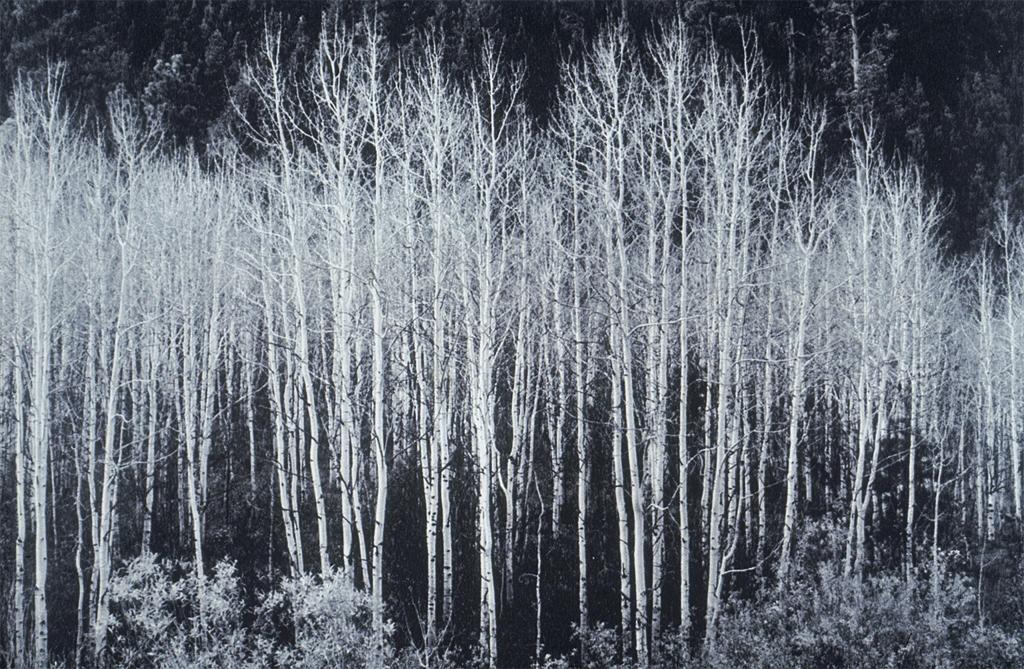The American Forest: Its Ecology, History, & Representation

Margaretta Lovell (History of Art) and Joe McBride (ESPM)
(American Studies C112F)
This interdisciplinary course evolved out of individual faculty research programs in two very different fields: the history of landscape imagery (in painting, photography, and literature) and the history of forest ecology and forest management in the U. S.
Looking at historical and present-day forests, this course is designed to introduce students to both the scientific dimensions of forest environments and to the ways in which those environments have been seen, analyzed, utilized, and represented in this country since the seventeenth century. It investigates geographic facts, cultural value systems, the operation of forest ecosystems, and the mechanisms by which photographers, artists, and writers have engaged the American forest imaginatively.
The course incorporates research undertaken by Professor McBride concerning the ways land use in California over the past two centuries has affected patterns of forest succession, and current book project research by Professor Lovell on mid-nineteenth century painter Fitz H. Lane. Starting in the 1840s, Lane periodically painted aspects of the logging industry deforesting New England, including images of saw mills, lumber schooners transporting dimensioned lumber, and the construction of ships from that lumber.